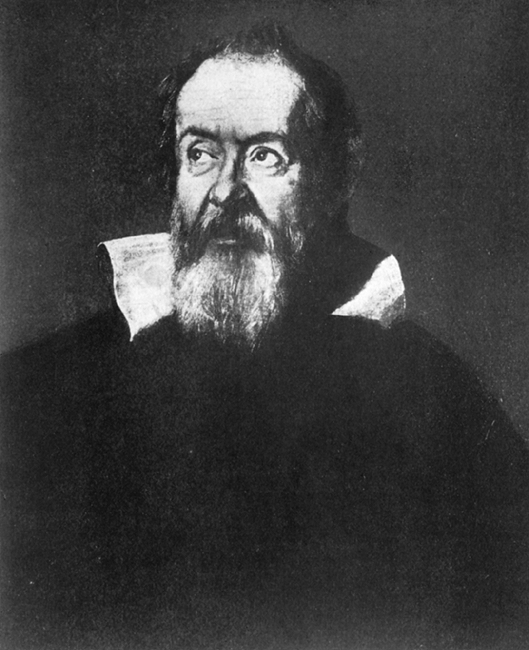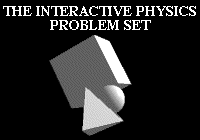
Based on "The Art of Renaissance Science: Galileo and Perspective," a videotape by Joseph W. Dauben, CUNY Graduate Center and Lehman College. The program designer was Gary Welz, John Jay College, City University of New York. The videotape is distributed by the Science Television Company which provided the materials to McMurry University.
http://www.mcm.acu.edu/academic/galileo/ars /arshtml/mathofmotion1.html
Examines Galileo's experiments with the inclined plane to study acceleration and gravity, which shows the development of a mathematical study of acceleration.

